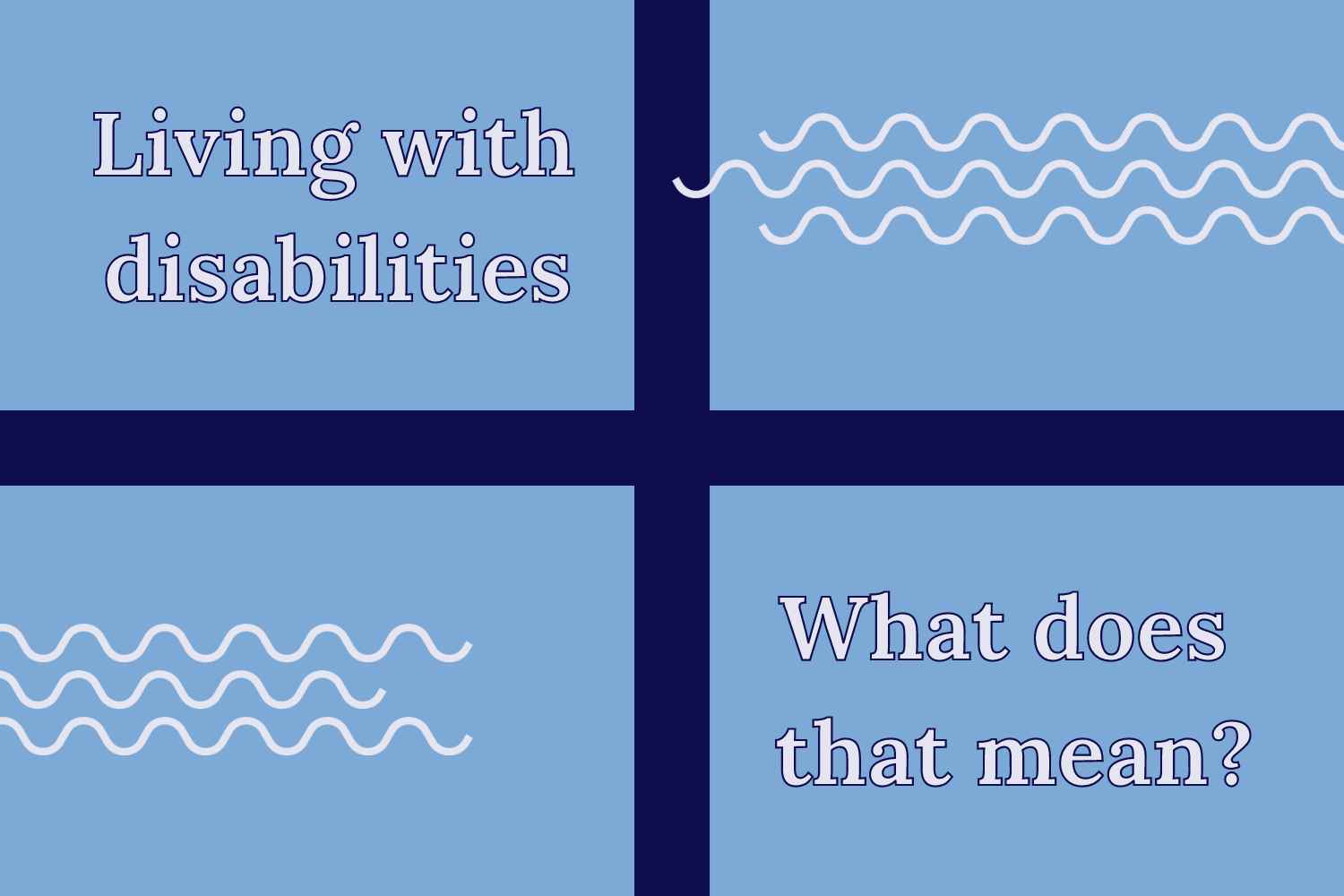The society we currently live in puts emphasis on equating being healthy with full ability. The concept of being healthy is having all of your physical, mental, and emotional aspects as the ideal vision of being human. But the reality of being human is never our ideal vision, it has its ups and down requiring different needs to live. We tend to be pretty accommodating when the ability is temporarily limited with the recovery to full ability in sight but do not give the same kindness to those who now have to permanently live with their disabilities.
With the impacts of the pandemic to all aspects of our lives, the healthcare system has been the most dire and eye-opening to people. It really shows the crack of the system, especially for people with disabilities as society makes us completely reliant on it in order to prove our existence. The need for proof that we need accommodations because society is not accessible and there are barriers to supports and services without the proof.
![Image description: a “Straight Diagonal” version of the Disability Pride Flag: A charcoal grey flag with a diagonal band from the top left to bottom right corner, made up of five parallel stripes in red, gold, pale grey, blue, and green Description ends]](https://images.squarespace-cdn.com/content/v1/63b44b614264384d24b2ca3c/9bb9eb53-bcea-44c4-b5a9-8894f4690190/disability+pride+flag.png?format=original)
For some of us, it is easy to prove our disabilities whether it is visible or easy to diagnose. For others, it is invisible and it adds to the increased need for diagnoses but it is difficult to obtain. As Disability Pride Month recently ended, the Disability Pride flag is an excellent explanation of all the disabilities in a simple visual. In a diagonal stripe flag, each muted colours represents different disabilities. Red is physical disabilities, gold is cognitive and intellectual disabilities, white is nonvisible and undiagnosed disabilities, blue is psychiatric disabilities, and green is sensory disabilities. The black background is to represent the mourning of victims of ableism and the rebellion of ableism.
The ableism that we all grew up and live with impacts us in different ways. From where we live, how accessible the spaces we interact with and the intersectionality of all of our experiences as a person.
Location: Where we live significantly impacts our access to full and meaningful participation. Whether it is a specific country, region or even the differences between urban and rural, the interaction, services, and policies differ leading to different experiences of accessibility.
Accessibility: Every location has different progress and priorities on accessibility and disability inclusion. Depending on those priorities, incentives, and disability movement, it can impact the ability to live and want to live and interact in the space
Intersectionality: None of us are just disabled. We all have our own identities, perception of ourselves, and live in different situations that influence how we interact and react to societal issues. Different experiences are crucial to the conversations as for so long, it has been dominated by specific voices. We still need to work on proactively including different voices and experiences into the conversations.
With all the diverse experiences and needs within the disability community, it can look like we are all striving for different goals and solutions. However, there is one goal that unites us all. To be able to access the spaces and activities in society where we can meaningfully participate. We deserve to be able to openly access space and activities that everyone took for granted to obtain their basic needs, wants, and dreams.
It doesn’t just affect the people who are currently in the disability community. It affects us all. Anyone can become part of our community in a blink of an eye. Whether it is an unfortunate event or something that has slowly appeared to the surface, we all need spaces and activities to be accessible and inclusive. While people with disabilities need it the most (and often), imagine knowing that if anything happens (and it is inevitable) you can still access the buildings, still join your favourite activities in a different way, and get the services and supports you need without going through so many loops and red tape to get there. You can just exist and there won’t be so many barriers and disadvantages for something you cannot entirely control.
So, striving for accessibility impacts all of us. Making sure people with disabilities have the services, supports, and access to not only basic needs but wants and dreams like any abled person has the freedom to have. It affects your family, friends, co-workers, and community members. Whether you are rallying as an ally or rebelling as a disabled person, we all are striving for a more accessible and inclusive society.

